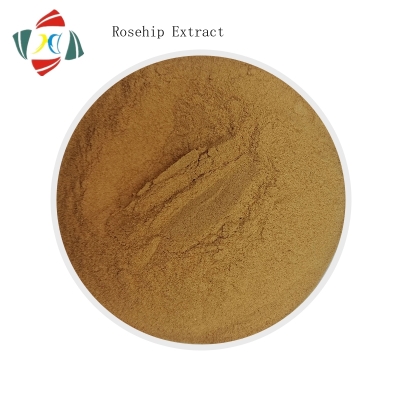A new mechanism for the regulation of immune response in tomato pores.
-
Last Update: 2020-07-21
-
Source: Internet
-
Author: User
Search more information of high quality chemicals, good prices and reliable suppliers, visit
www.echemi.com
Stomata is an important organ to exchange gas and water with environment during transpiration and photosynthesis, and it is also an important channel for pathogens to infect plants.when plants were infected by pathogens, the pattern recognition receptors (PRRS) on the surface of leaf cells detected that MAMPs (micro associated molecular patterns) could induce stomatal immune response and induce stomatal closure [1,2].however, the research on the regulation mechanism of stomatal immune response is limited to Cruciferae.tomato tark1 (tomato typical receptor kinase 1) is a fake protein kinase, which regulates the immune response induced by Xe (Xanthomonas euvesicatoria), but its molecular mechanism is not clear.recently, researchers from the United States published a research paper entitled tomato atypical receptor kinase1 is involved in the regulation of pre invasion defense on Plant Physiology Online, revealing the molecular mechanism of tomato tark1 regulating plant immune response by regulating stomatal opening.three tark1 interacting proteins, ha4, lox8 and rlk15, were detected in tomato (Solanum lycopersicum) by mass spectrometry.using tobacco transient expression system, tark1 can specifically interact with ha4 and rlk15 proteins.ataha1 / 2 and atmik2 of Arabidopsis homologous proteins of slha4 and slrlk15 mediate pathogen induced stomatal closure, suggesting that tark1 may regulate stomatal movement.by comparing the stomatal opening of tark1, tark1 OE and WT, we found that tark1 did not regulate light-induced stomatal opening and ABA induced stomatal closure.considering that tark1 regulates the immune response induced by bacteria, the authors further tested the stomatal closure responses induced by defense hormone SA, bacterial flagellin flg22 and fungal chitin. It was found that tark1 did not regulate the stomatal closure induced by chitin, but the stomatal opening of tark1 mutant treated with SA and flg22 was significantly lower than that of wild type, indicating that tark1 specifically regulates bacterial invasion Stomatal closure caused by dyeing.PST (Pseudomonas syringae pathovar tomato) can produce a phytotoxin cor (coronatine), which destroys the plant immune system and induces stomatal re opening.using PST WT and PST cor - to infect tark1, tark1 OE and wild type, and observe the stomatal opening.consistent with previous studies, PST induced stomatal closure (1 h), and then PST wt induced stomatal reopening (4 h) in a cor dependent manner. Tark1 OE was not sensitive to PST induced stomatal closure, and tark1 mutant was insensitive to PST cor induced stomatal reopening.to further verify whether the stomatal movement regulated by tark1 regulates the plant immune response, the authors conducted bacterial infection experiments.the results showed that tark1 OE was more sensitive to bacterial infection. In conclusion, tark1 forms complex with ha4 or rlk15 proteins, specifically mediates stomatal movement regulated by biological elicitors, and regulates stomatal immune response. However, its potential molecular mechanism needs further study.in addition, the authors found that cor and JA LLE induced stomatal opening in Arabidopsis, but stomatal closure in tomato. The molecular mechanism still needs to be further explored. [1] meloto m, Underwood W, koczan J, Nomura K, he sy (2006) plant stomata function in innate immunity against bacterial invasion. Cell. 126: 969-980. [2] Zeng W, He sy (2010) a preliminary role of the flagellin receptor flagellin-sensing2 in mediating statistical response to Pseudomonas syringae pv tomato DC3000 in Arabidopsis. Plant Physiol 153:1188 – 1198 link:
This article is an English version of an article which is originally in the Chinese language on echemi.com and is provided for information purposes only.
This website makes no representation or warranty of any kind, either expressed or implied, as to the accuracy, completeness ownership or reliability of
the article or any translations thereof. If you have any concerns or complaints relating to the article, please send an email, providing a detailed
description of the concern or complaint, to
service@echemi.com. A staff member will contact you within 5 working days. Once verified, infringing content
will be removed immediately.







